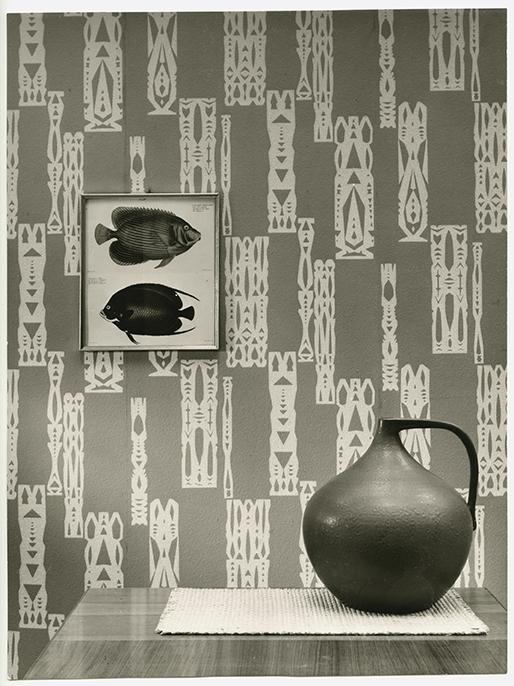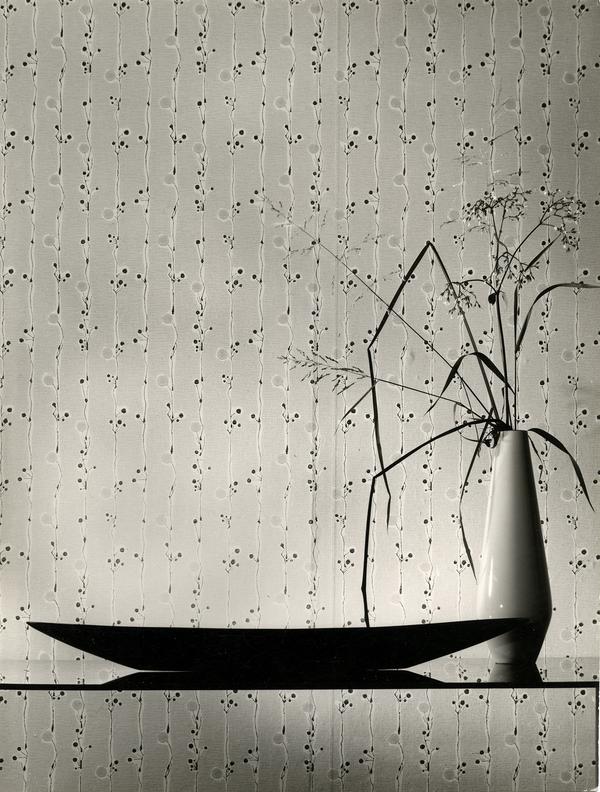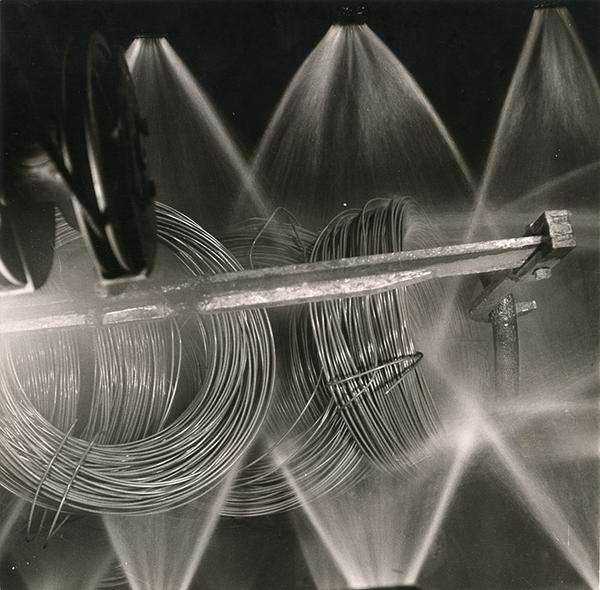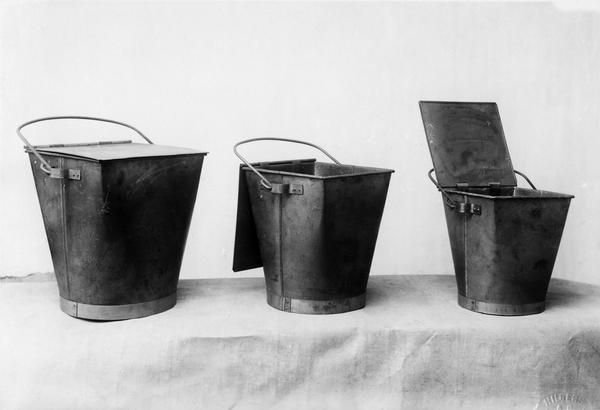Albert Renger-Patzsch, Ruth Hallensleben, a dialogue
29.04.2023 - 08.10.2023
The forty photographs, taken between the 1920s and the 1960s and belonging to the Rolla collection, compare two previously presented authors with a new reading.
Both were Germans, contemporaries, and worked predominantly in the same field, industrial photography. Albert Renger-Patzsch enjoys international fame, Ruth Hallensleben is yet to be discovered. The reasons are different, starting with the fact that the former also developed personal research, the latter almost always worked on commission. In the introductory text of the catalog, Urs Stahel also examines other factors, social conditioning, and emphasizes that: In this selection, there are hardly any differences in attitude or quality. Although here, too, it is often a question of commissioned versus free photography.
Albert Renger-Patzsch, b. 22.6.1897 Würzburg (D), d. 27.9.1966 Wamel (D).
He began taking photographs at the age of 12. After military service during World War I, he studied chemistry at Dresden Technical College. In the early 1920s he worked as a photographer for the Chicago Tribune before going freelance. Appointed professor and head of the department of pictorial photography at the Folkwangschule in Essen, he left the position after only two semesters because of Nazi oppression.
Ruth Hallensleben, b. 01.06.1898 Cologne (D), d. 18.04.1977 Cologne (D).
In 1931 she worked as an apprentice for the famous portrait and landscape photographer Elsbeth Gropp. In 1934, she opened her own studio. After training in portrait photography, she took up her predestined role as an industrial photographer. Her work is not only a poetic vision or a technical experiment, but is also a testimony to the historical period in which she lived, that is 20th century Germany.
Urs Stahel lives and works in Zurich.
He is a freelance writer, curator, lecturer and consultant. Curator of MAST – Manifattura di Arti, Sperimentazione e Tecnologia – in Bologna, consultant of the MAST collection of industrial photography, Advisor to Foto Colectania, Barcelona, and to the Collection of Art Vontobel, Zürich. He is the co-founder of Fotomuseum Winterthur and was its director and curator from 1993 to 2013.
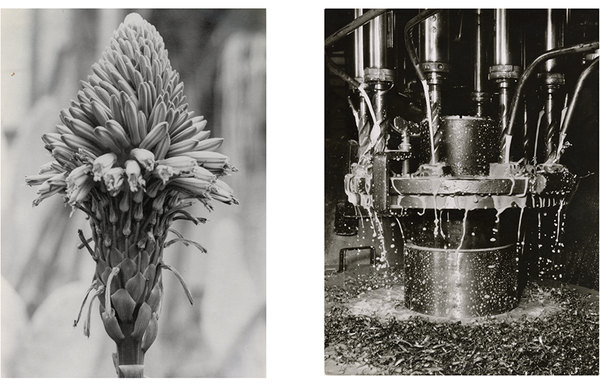
CATALOGUE
ARTWORKS
ARTISTS
VIDEO
Ruth Hallensleben
Between 1931 and 1934 she worked as an apprentice for the famous portrait and landscape photographer Elsbeth Gropp. In 1934, she opened her own studio. After training in portrait photography, she took up her predestined role as an industrial photographer. Her work is not only a poetic vision or a technical experiment but is also a testimony to the historical period she lived in, Germany during the 20th century. Very little room is left to individualism in the name of a more global vision. In 1945, fearing that the allied forces would confiscate all her photographic equipment and archives, she put all this material in three boxes which she buried in the forest of Wiehl. Three years later, two of the three boxes were found with their contents undamaged and she was able to resume her photographic activity.
Between 1931 and 1934 she worked as an apprentice for the famous portrait and landscape photographer Elsbeth Gropp. In 1934, she opened her own studio. After training in portrait photography, she took up her predestined role as an industrial photographer. Her work is not only a poetic vision or a technical experiment but is also a testimony to the historical period she lived in, Germany during the 20th century. Very little room is left to individualism in the name of a more global vision. In 1945, fearing that the allied forces would confiscate all her photographic equipment and archives, she put all this material in three boxes which she buried in the forest of Wiehl. Three years later, two of the three boxes were found with their contents undamaged and she was able to resume her photographic activity.
Albert Renger-Patzsch
He began taking photographs at the age of 12. After military service during World War I, he studied chemistry at Dresden Technical College. In the early 1920s he worked as a photographer for the Chicago Tribune before going freelance. Appointed professor and head of the department of pictorial photography at the Folkwangschule in Essen, he left the position after only two semesters because of Nazi oppression. Albert Renger-Patzsch is considered one of the most important figures of New Objectivity photography.
He began taking photographs at the age of 12. After military service during World War I, he studied chemistry at Dresden Technical College. In the early 1920s he worked as a photographer for the Chicago Tribune before going freelance. Appointed professor and head of the department of pictorial photography at the Folkwangschule in Essen, he left the position after only two semesters because of Nazi oppression. Albert Renger-Patzsch is considered one of the most important figures of New Objectivity photography.
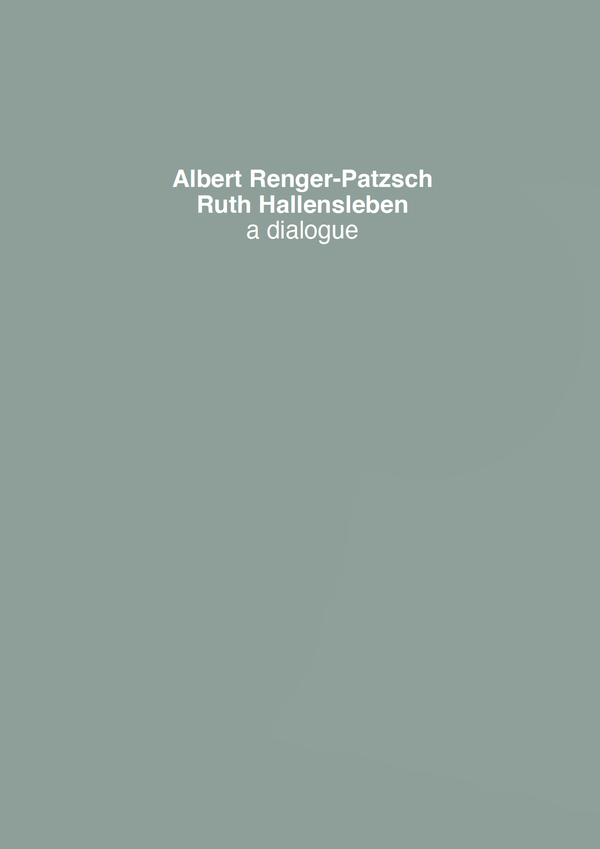
Size: 15 x 21 cm
Pages: 48 Softcover
Illustrations: 40 four-color print
Language: Italian/English
Edition: Fondazione Rolla, 2023
Pages: 48 Softcover
Illustrations: 40 four-color print
Language: Italian/English
Edition: Fondazione Rolla, 2023








